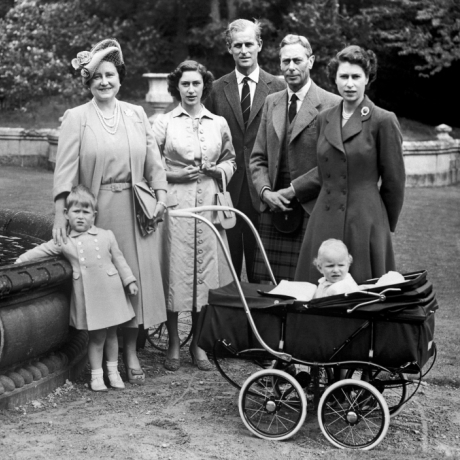The Queen grew up in a loving and supportive family with her sister Margaret and her parents The Duke and Duchess of York (later King George VI and Queen Elizabeth). They led a relatively quiet life until her father’s unexpected accession to the throne in 1936.
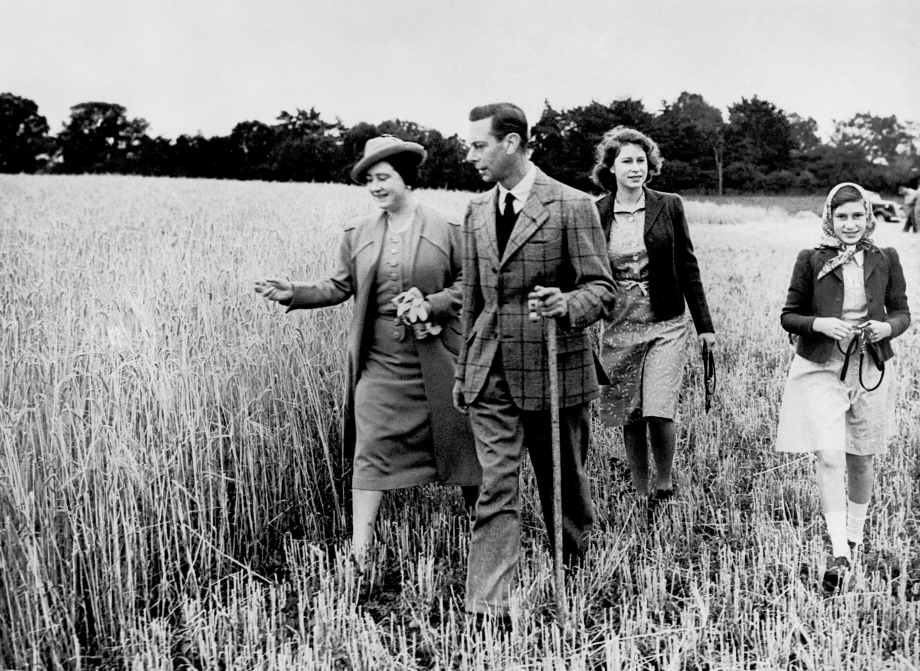
In a letter from The King following her marriage to Prince Philip in 1947, His Majesty offered a glimpse into their closeness as a family:
I have watched you grow up all these years with pride under the skillful direction of Mummy, who, as you know is the most marvellous person in the World in my eyes, and I can, I know, always count on you, and now Philip, to help us in our work.
The Queen remained close to her mother, Queen Elizabeth The Queen Mother, and her sister Princess Margaret following the death of her father in 1952. Both supported Her Majesty through their official duties, and represented her on official visits both at home and overseas.
In his tribute to Queen Elizabeth The Queen Mother following her death in 2002, The Prince of Wales referenced the close relationship enjoyed by his mother and grandmother, describing Queen Elizabeth as:
An immensely strong character, combined with a unique natural grace, and an infectious optimism about life itself. I know too what she meant to my whole family, particularly the Queen, to whom she was such a stalwart and sensitive support when my grandfather died, when he was only two-and-a-half years older than I am now.
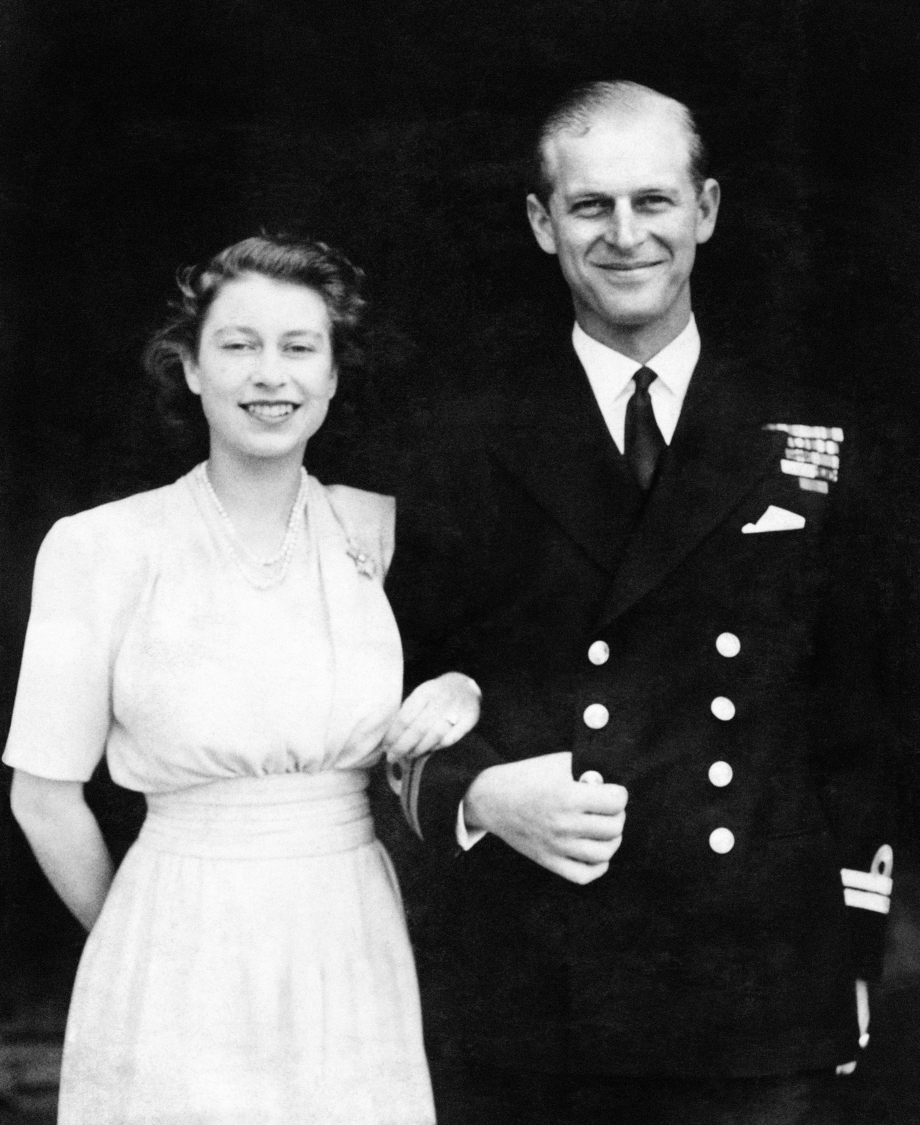
Marriage to Prince Philip
Princess Elizabeth and Prince Philip first met when they attended the wedding of Prince Philip's cousin, Princess Marina of Greece, to The Duke of Kent, an uncle of Princess Elizabeth, in 1934. They met again when The King and Queen, together with Princess Elizabeth and Princess Margaret, visited the Royal Naval College at Dartmouth in 1939.
The couple maintained contact throughout the war, when Prince Philip served overseas with the Royal Navy, including in the Far East. Their engagement was announced on 9 July 1947 and the couple were married in Westminster Abbey on 20 November 1947.
Britain was still recovering from the war and Princess Elizabeth collected clothing coupons for her dress, like many other young brides. They spent their honeymoon at Broadlands, Hampshire, the home of Prince Philip's uncle, Lord Mountbatten and at Birkhall, Balmoral.
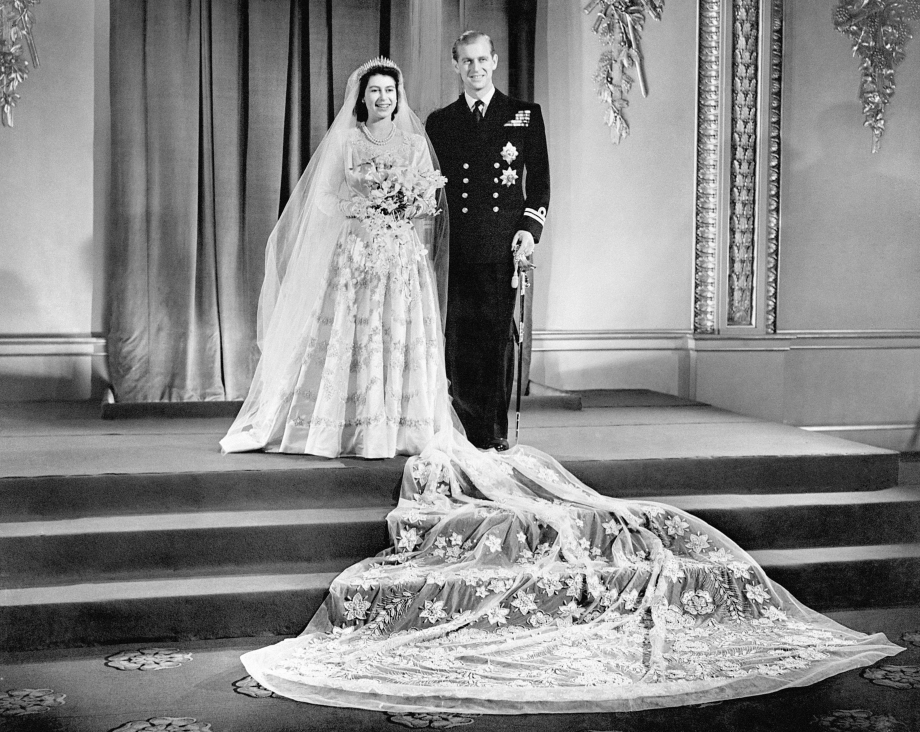
Early married life
In the early years of their marriage Princess Elizabeth and Prince Philip were able to live relatively privately, with The Duke pursuing his naval career whilst The Princess cared for their young family. Prince Charles - now The King - was born in 1948, and Princess Anne two years later.
From 1949 to 1951 the couple lived in Malta where His Royal Highness was stationed as a naval officer. He was made second in command of HMS Chequers, operating with the Mediterranean fleet.
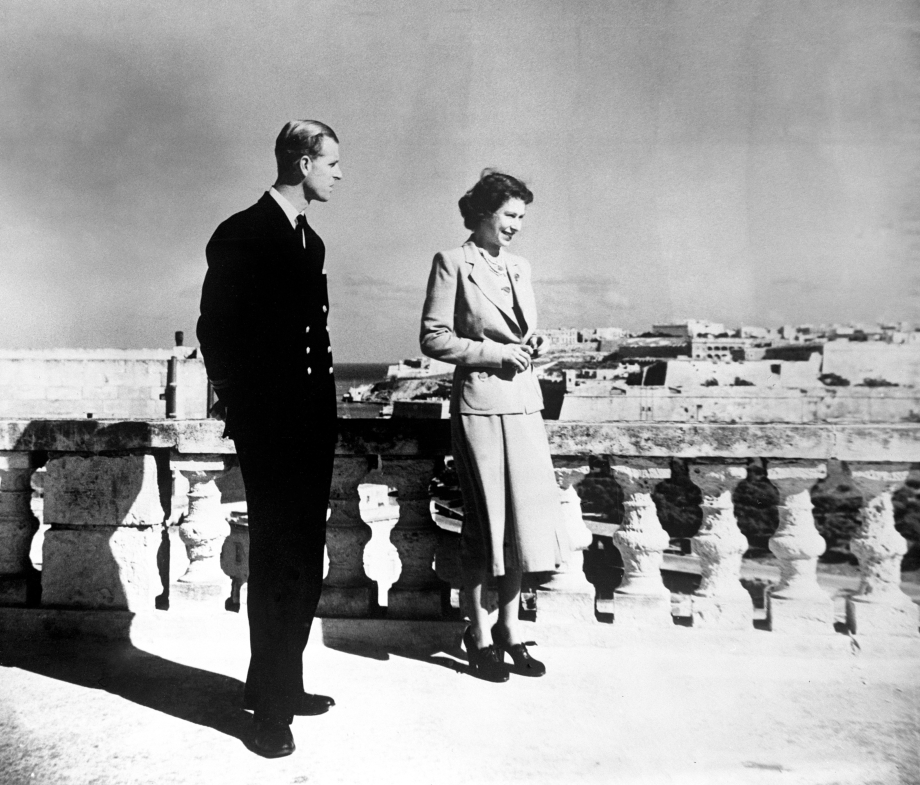
The Queen’s Accession
The couple’s life changed significantly when King George VI’s health began to fail in 1951 and they were called upon to support him in his duties. The Duke left his naval career to assume a new status in support of the Princess’s work, and the couple’s Royal working life began in earnest as they undertook a number of Commonwealth visits.
The Duke of Edinburgh went on to become a devoted consort (companion to the Sovereign) following Her Majesty’s Accession in 1952. In September of that year, The Queen granted Prince Philip "place, pre-eminence and precedence" next to herself, a position normally reserved for the heir to the Throne; and on 22 February 1957 she created him a Prince of the United Kingdom so that his title was from then on His Royal Highness The Prince Philip, Duke of Edinburgh.
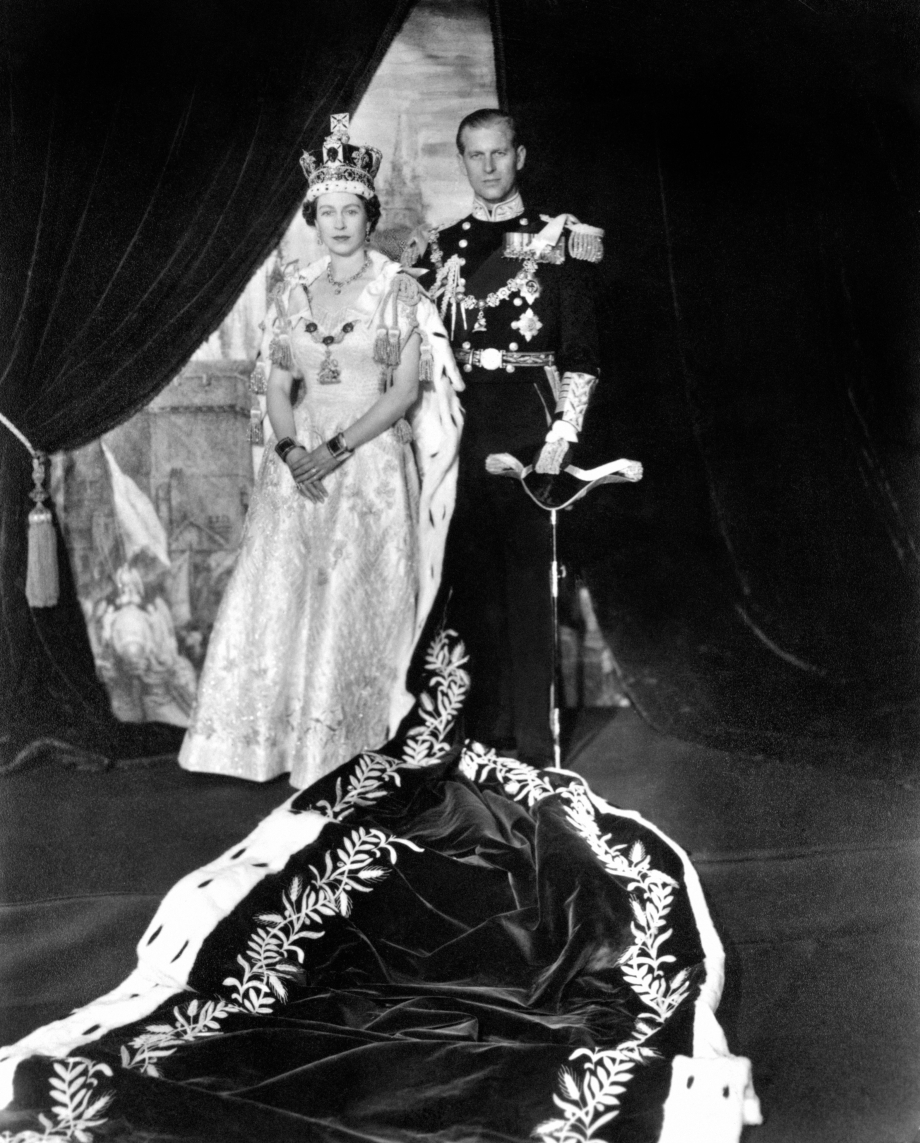
The Queen and The Duke of Edinburgh's marriage saw them support each other through many years of Royal duties. His Royal Highness accompanied Her Majesty on the extensive Commonwealth tours which marked her early reign, and was by her side at State occasions, Jubilees and the day-to-day Royal visits which made up her working life. From 1967 he sat on a consort’s throne placed next to that of The Queen at the State Opening of Parliament.
Though he had his own busy portfolio of work, The Duke of Edinburgh always maintained that his first duty was to support The Queen in her programme of public engagements and ceremonial duties from visiting local charities to hosting Heads of State during State Visits.
In 2009 he became the longest serving British consort, a distinction previously held by Queen Charlotte, George III’s consort.
In 2017, The Queen and The Duke of Edinburgh became the first couple in the Royal Family to celebrate their Platinum Wedding anniversary (70 years).
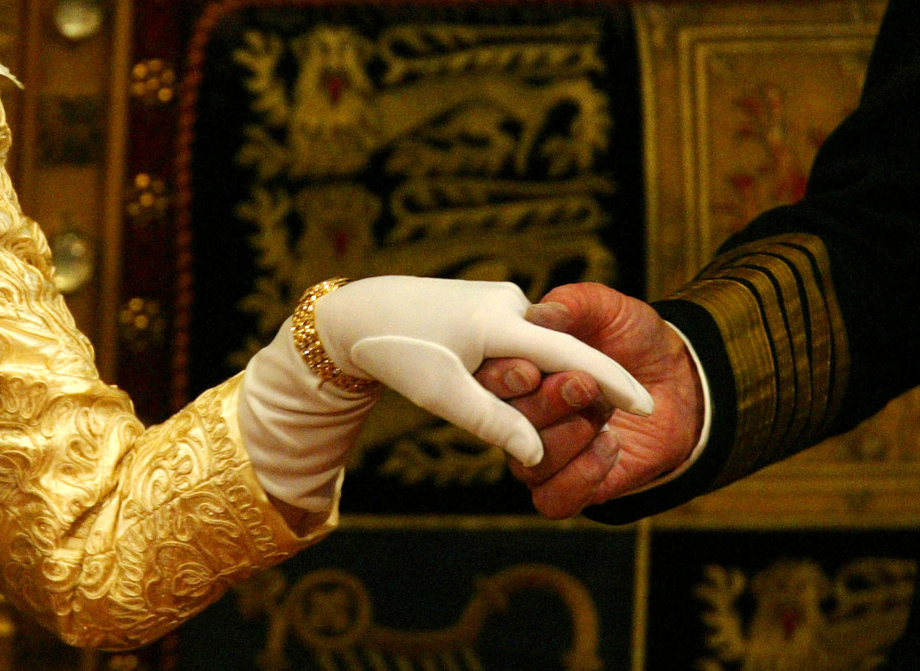
During a speech at the lunch to mark their Golden Wedding at London's Guildhall in 1997 Her Majesty said of His Royal Highness:
He is someone who doesn't take easily to compliments. He has, quite simply, been my strength and stay all these years, and I, and his whole family, and this and many other countries, owe him a debt greater than he would ever claim or we shall ever know.
Children, grandchildren and great-grandchildren
The Queen went on to have two more sons: Prince Andrew, born in 1960 and Prince Edward, in 1964. They were the first children to be born to a reigning monarch since the time of Queen Victoria.
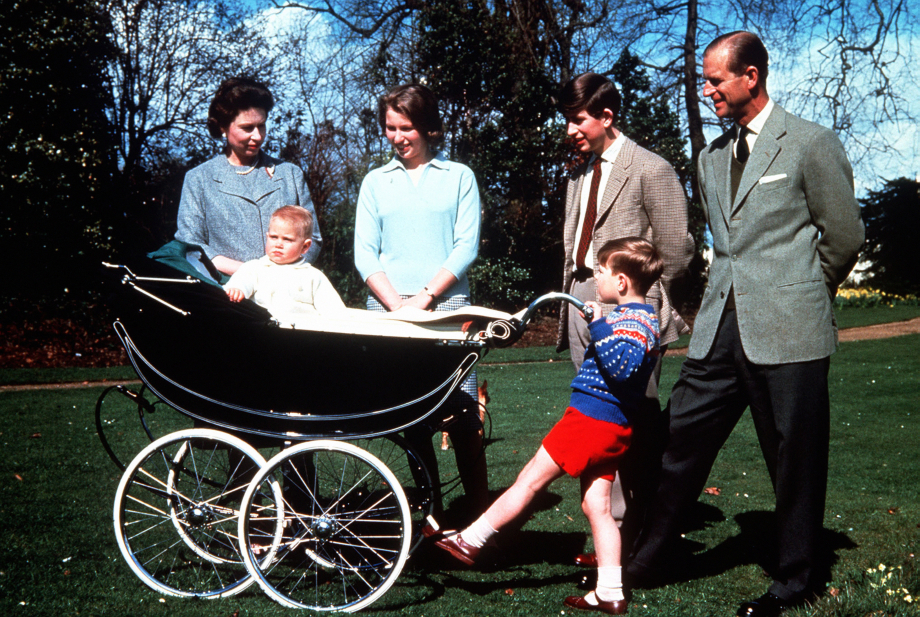
In her later years, her children and grandchildren supported her on State occasions, travelled on overseas tours on her behalf and took on some of her many Patronages.
Following The Duke of Edinburgh stepping back from public duties in 2019, The Prince of Wales accompanied The Queen to events including the State Opening of Parliament and Commonwealth Heads of Government Meetings.
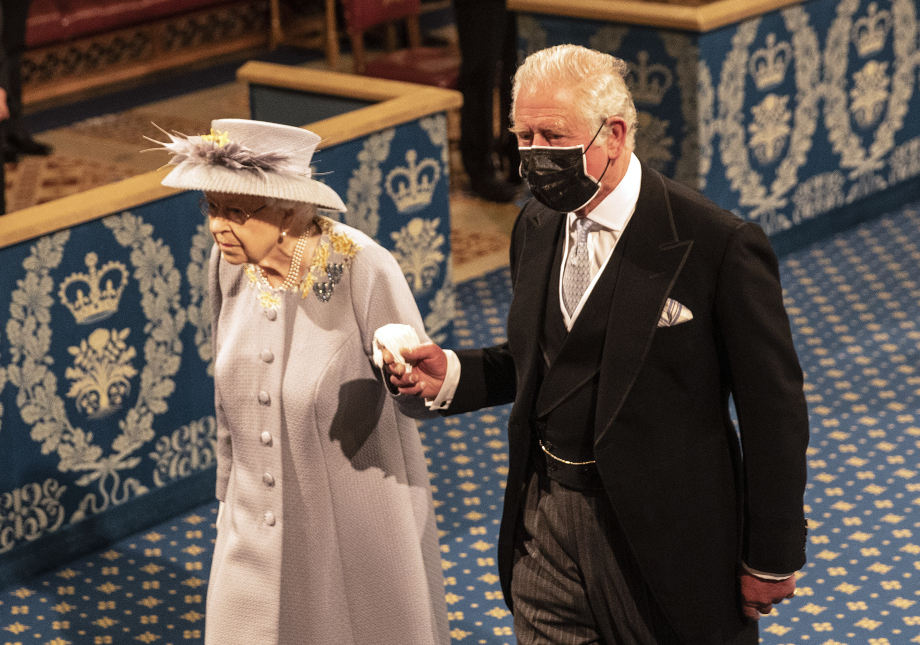
In 2002, her Golden Jubilee year, Her Majesty spoke of her family's support, especially following the recent deaths of her mother Queen Elizabeth and sister Princess Margaret:
"I take this opportunity to mention the strength I draw from my own family. The Duke of Edinburgh has made an invaluable contribution to my life over these past fifty years, as he has to so many charities and organisations with which he has been involved.
"We both have a special place in our hearts for our children. I want to express my admiration for The Prince of Wales and for all he has achieved for this country. Our children, and all my family, have given me such love and unstinting help over the years, and especially in recent months.”
In 2015, The Duke of Cambridge wrote fondly of his grandmother in the preface to "Elizabeth II: The Steadfast", a biography of The Queen by Lord Hurd, saying:
The Queen’s kindness and sense of humour, her innate sense of calm and perspective, and her love of family and home are all attributes I experience first-hand.
The Queen and The Duke of Edinburgh had eight grandchildren: Peter and Zara Phillips (b. 1977 and 1981); Prince William of Wales and Prince Henry of Wales (b. 1982 and 1984); Princess Beatrice of York and Princess Eugenie of York (b. 1988 and 1990) and The Lady Louise Windsor and Viscount Severn (b.2003 and 2007).
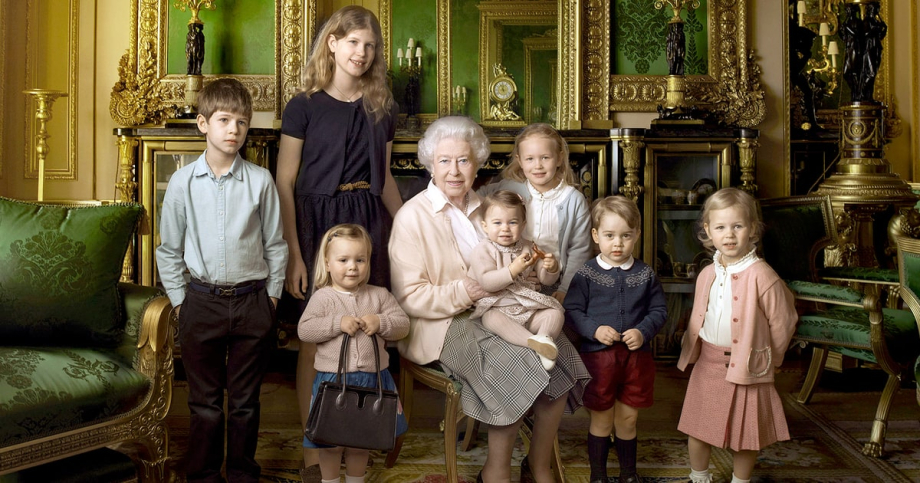
Their 12 great-grandchildren are: Prince George (b. 2013), Princess Charlotte (b, 2015) and Prince Louis (b. 2018), children of The Duke and Duchess of Cambridge; Archie Mountbatten-Windsor (b.2019) and Lilibet Mountbatten-Windsor (b. 2021), children of The Duke and Duchess of Sussex; Savannah Phillips (b. 2010) and Isla Phillips (b. 2012), children of Peter and Autumn Phillips; Mia Tindall (b. 2014), Lena Tindall (b. 2018) and Lucas Tindall (b.2021), children of Zara and Mike Tindall; ; Sienna Mapelli Mozzi (b.2021), daughter of Princess Beatrice of York and Edoardo Mapelli Mozzi and August Brooksbank (b.2021), son of Princess Eugenie of York and Jack Brooksbank.

